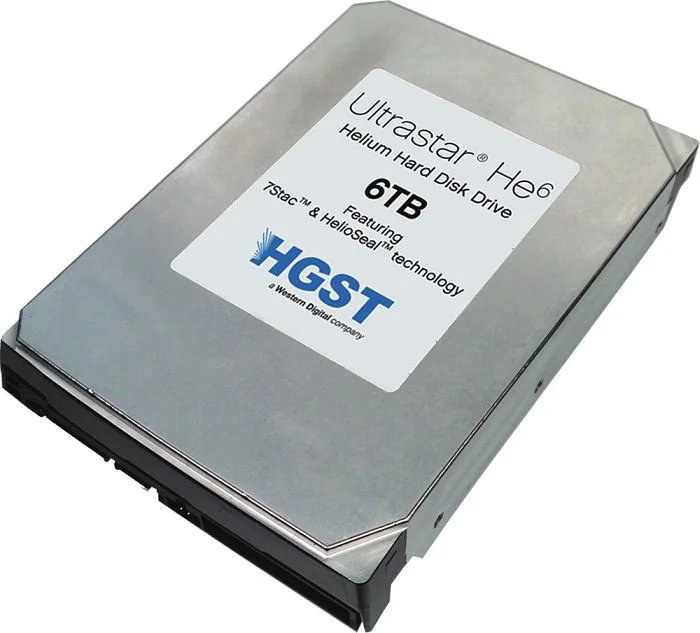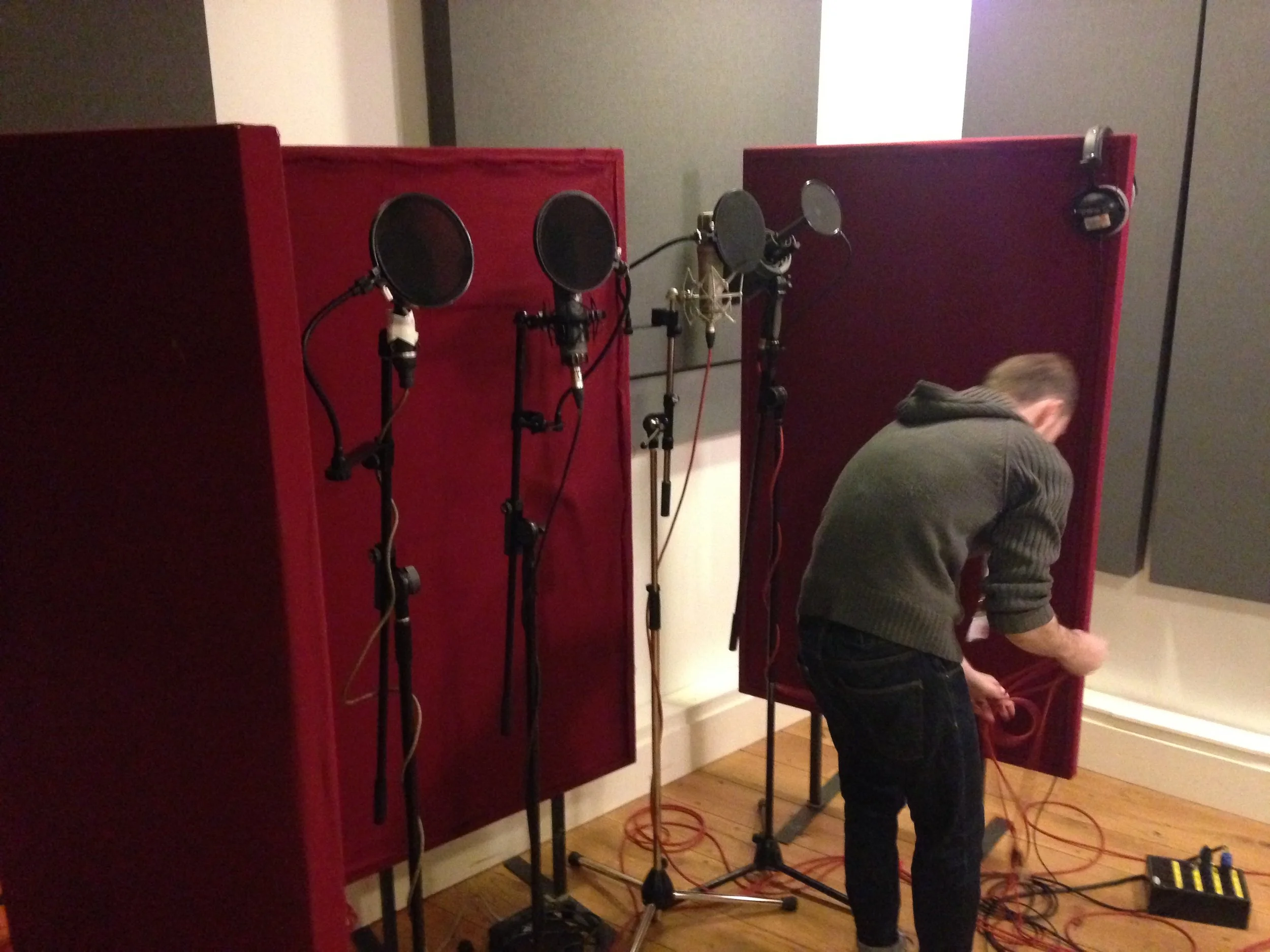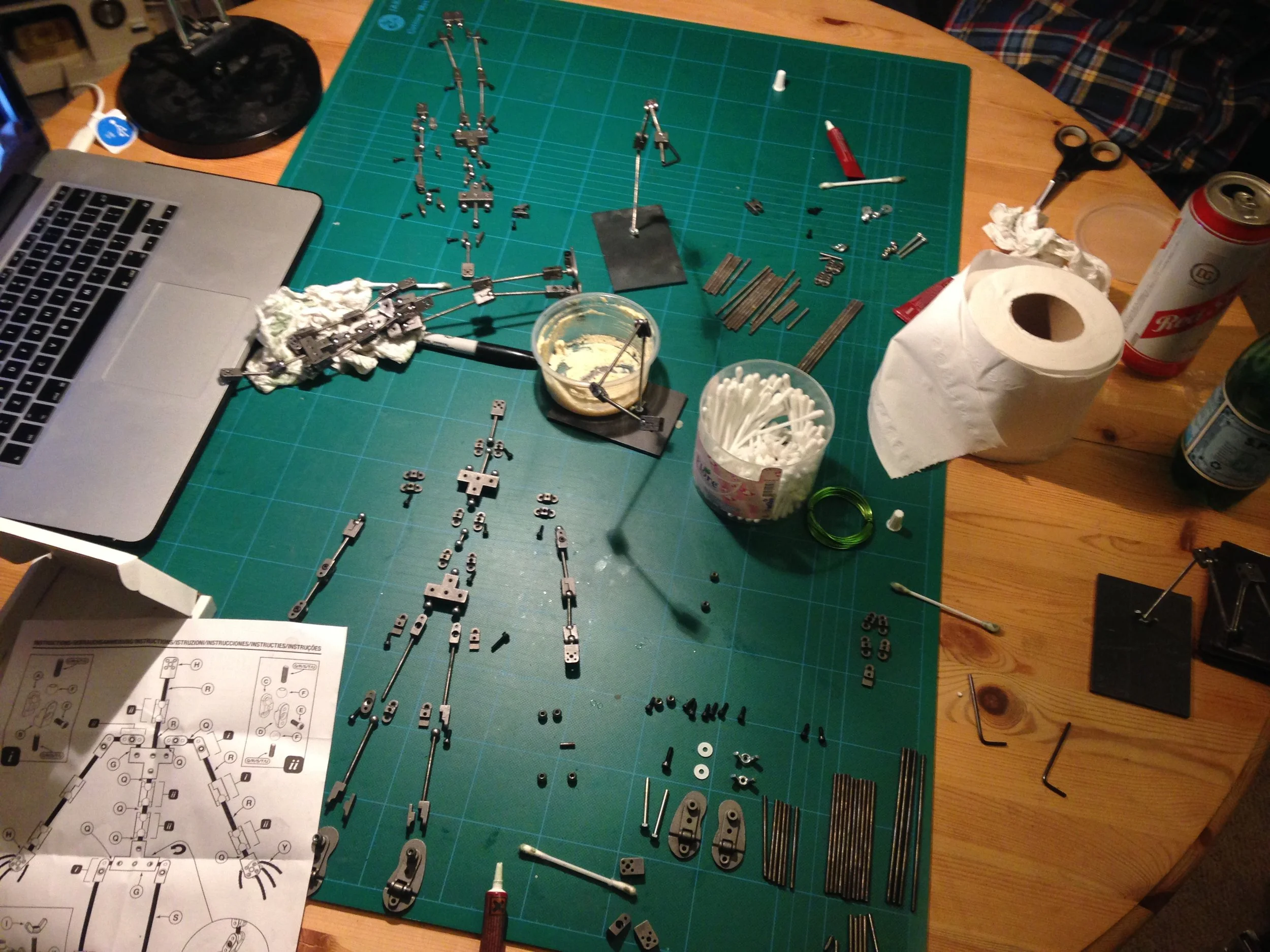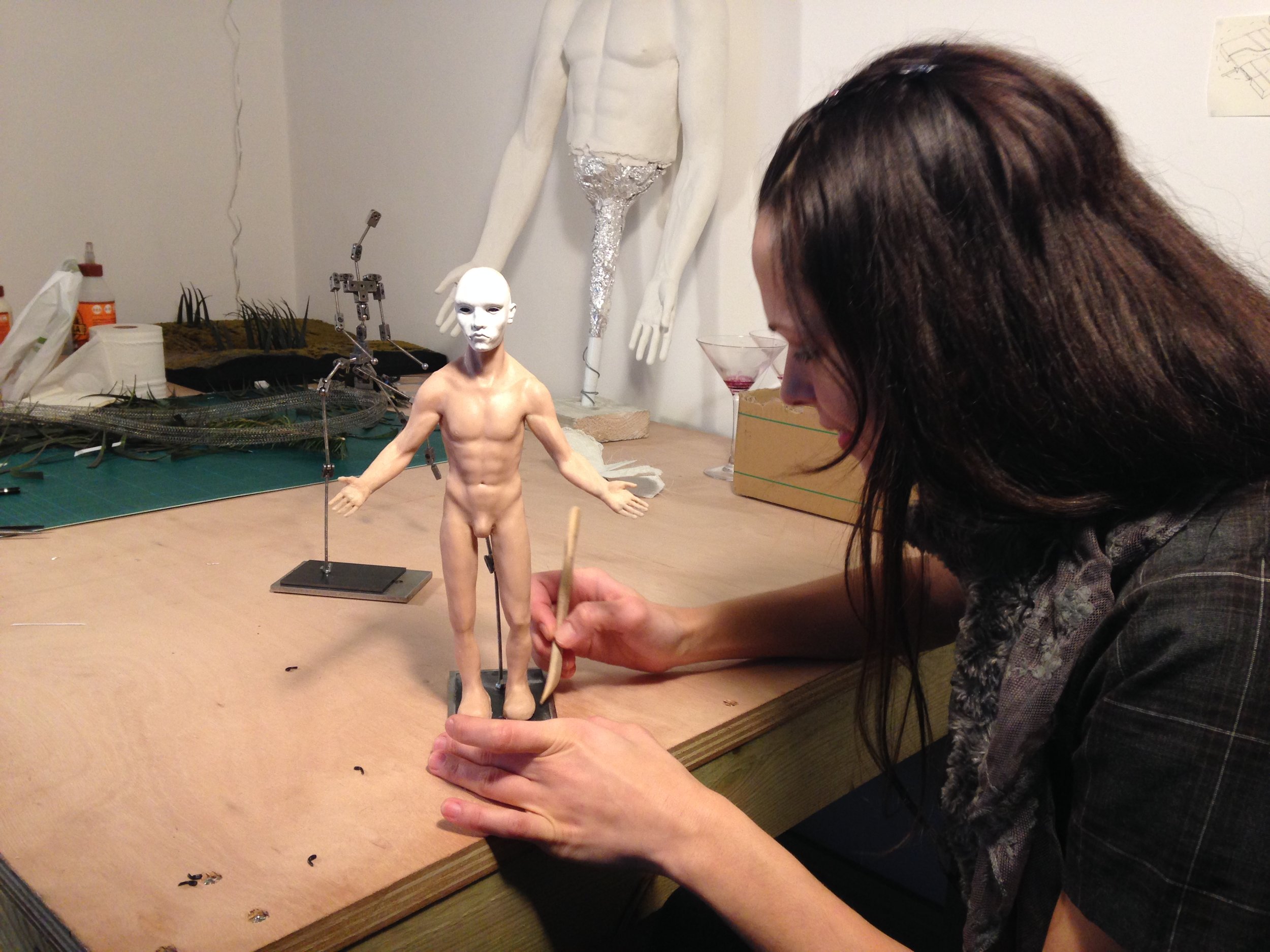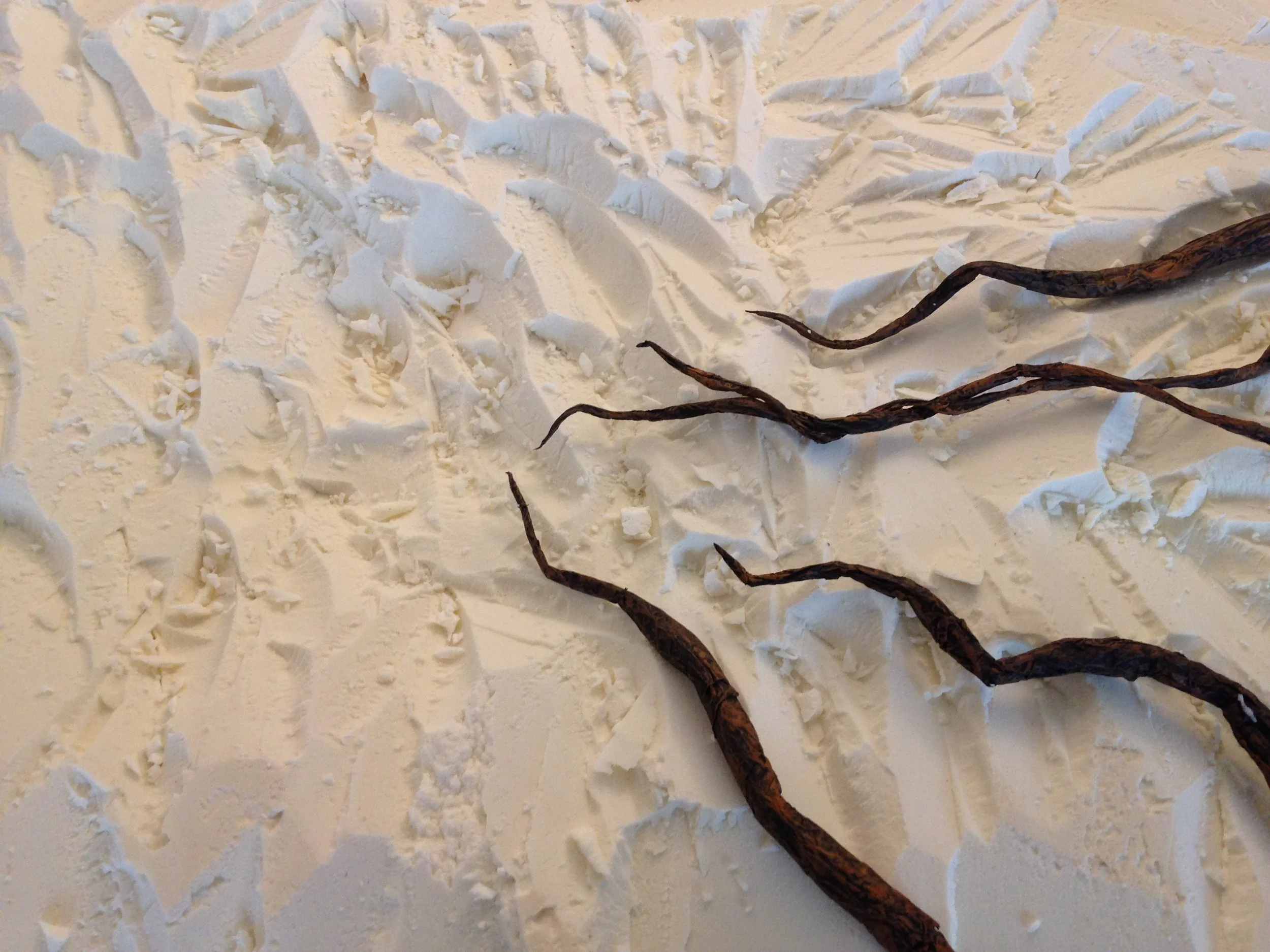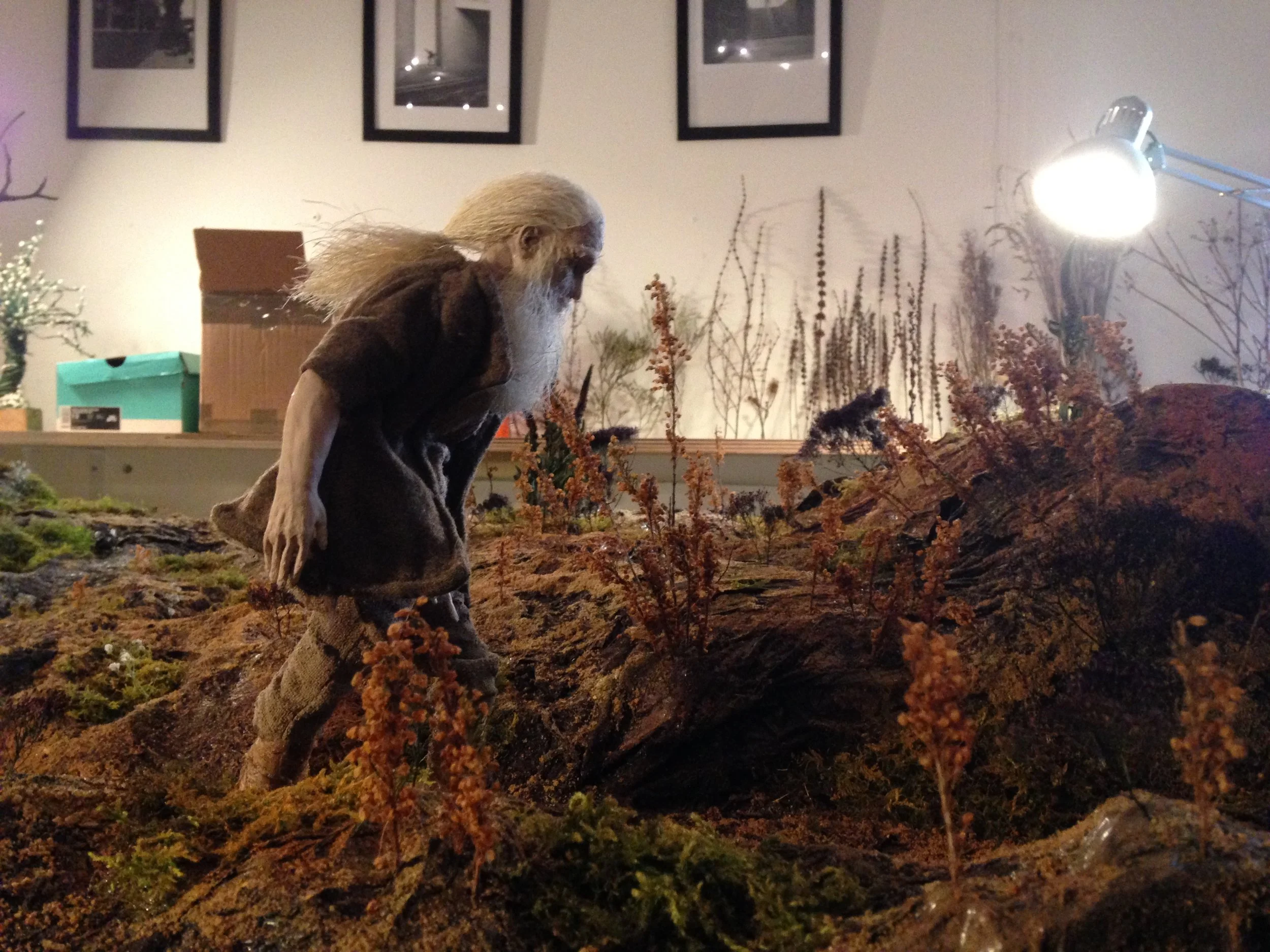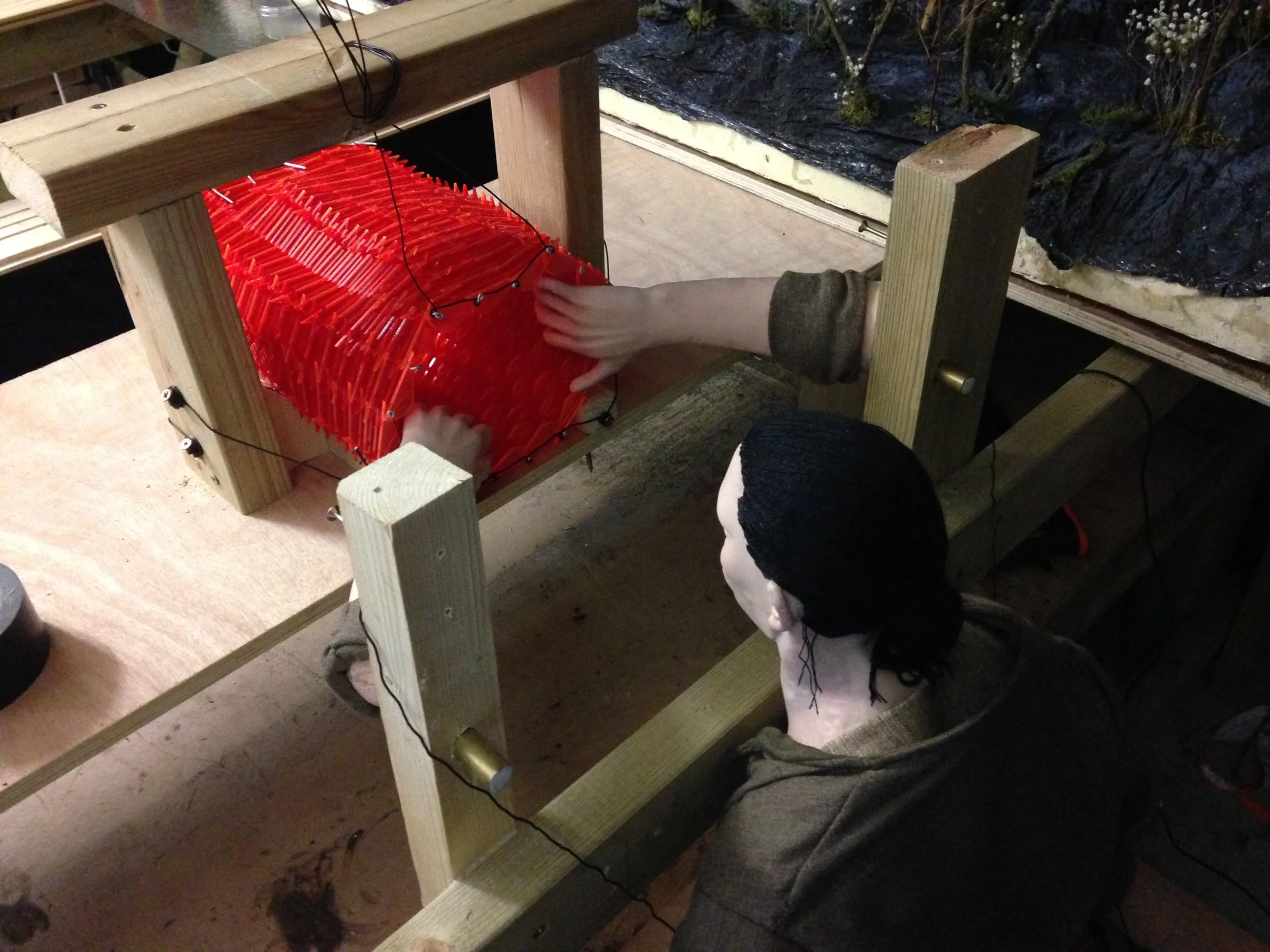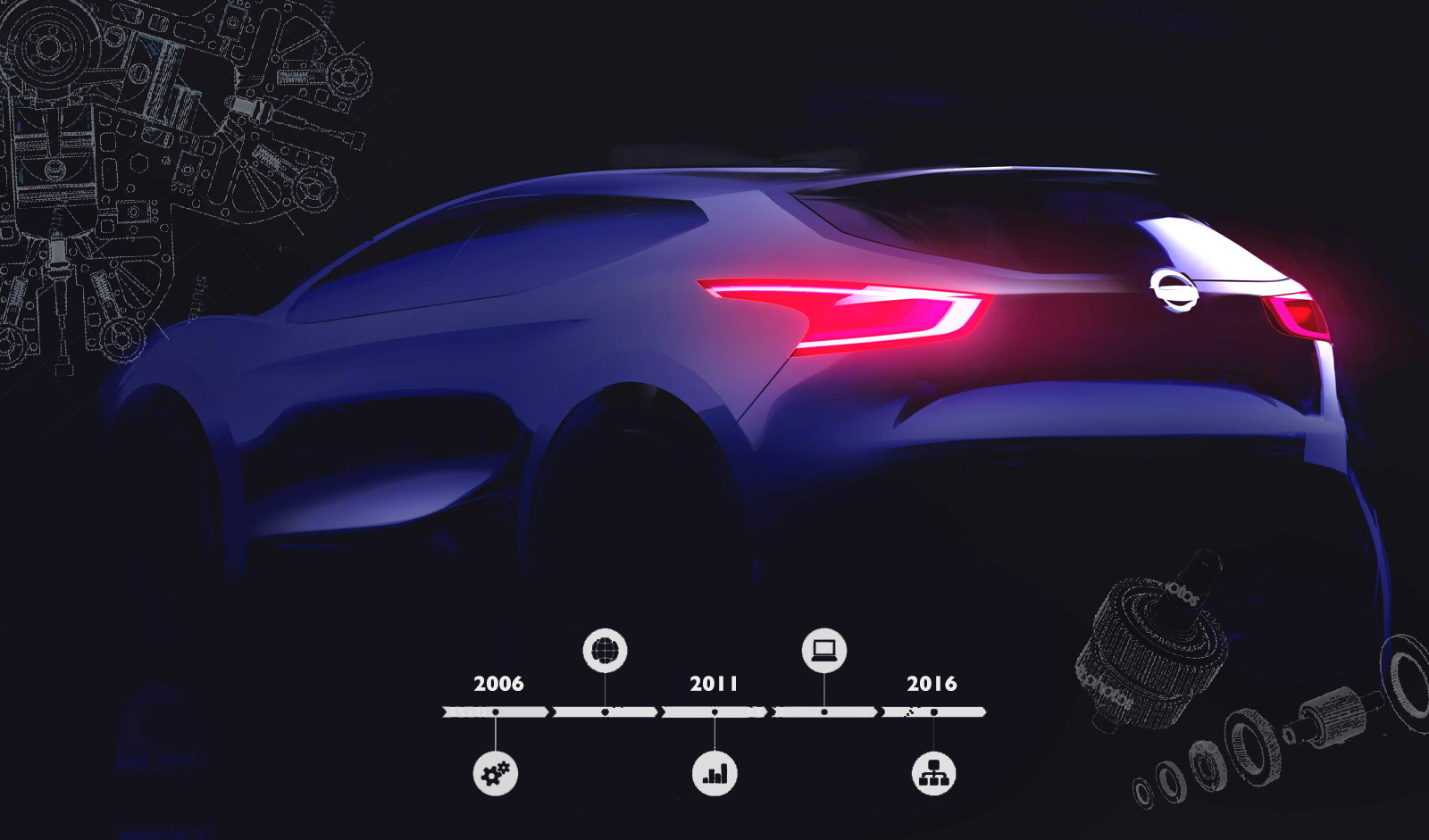2017 Other Brother Studios film fund winner Milda Baginskaite continues to charm audiences internationally with her short film ‘7 Planets’. Here is the trailer with a full list of festivals to date.
7 Planets is continuing to show internationally at film festivals in 2019.
Other Brother Studios 2019 film fund is open now, click here for more details: http://www.otherbrotherstudios.co.uk/film-fund…
OFFICIAL SELECTION Ibiza Cine Fest, 2019
OFFICIAL SELECTION Femme Fontera Filmmaker showcase, 2018
OFFICIAL SELECTION East Coast Film Festival, 2018
OFFICIAL SELECTION Tacoma Film Festival, 2018
OFFICIAL SELECTION St Louis International Film Festival
OFFICIAL SELECTION Detroit’s Trinity International Film Festival, 2018
OFFICIAL SELECTION Sose International Film Festival
OFFICIAL SELECTION Athena Film Festival
OFFICIAL SELECTION Hastings Film Fringe, 2018
OFFICIAL SELECTION Vasteros Filmfestival, 2018
OFFICIAL SELECTION Gozo Film Festival, 2018
OFFICIAL SELECTION Citizen Jane Festival, 2018
OFFICIAL SELECTION Watford, Short Film Festival
OFFICIAL SELECTION Ennesimo Film Festival, 2018
OFFICIAL SELECTION Olbia Film Network, short film market
OFFICIAL SELECTION FerFilm International Film Festival
OFFICIAL SELECTION Manifesto Film Festival
OFFICIAL SELECTION Exit 6 film festival, 2018
OFFICIAL SELECTION goEast, 2018
OFFICIAL SELECTION Tuzla Film Festival, 2018
OFFICIAL SELECTION Moscow Film Festival
OFFICIAL SELECTION Innsbruck Nature Film Festival, 2018
OFFICIAL SELECTION 3MIFF, 2018
OFFICIAL SELECTION Two Riversides Film and Art Festival, 2018
OFFICIAL SELECTION The Short Cinema, Leicester International Film Festival
OFFICIAL SELECTION MFW, 2018
OFFICIAL SELECTION London Rolling Film Festival, 2018
OFFICIAL SELECTION The Shortest Nights (Short Sighted Cinema), 2018
OFFICIAL SELECTION LA1 Shorts, 2018
OFFICIAL SELECTION Farcume: Festival internacional de Curtas-Metragens de Faro, 2018




















